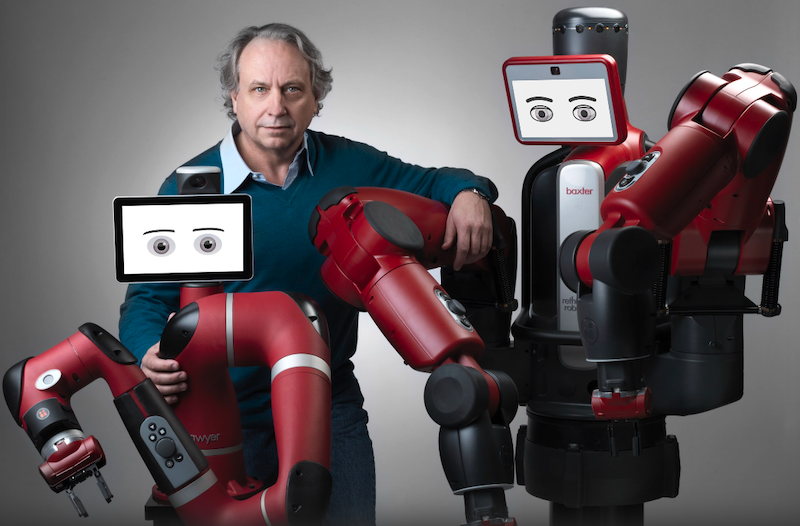Rodney Brooks, the renowned roboticist and co-founder of iRobot (maker of the Roomba), has published a lengthy critique of the current humanoid robotics wave, arguing that today’s approaches will not deliver human-level dexterity on useful timelines.
The essay, titled “Why Today’s Humanoids Won’t Learn Dexterity” was posted on his personal blog on September 26, 2025. In it, Brooks says the idea that humanoid robots will be able to do the manual things that humans do any time within decades is “pure fantasy thinking”.
Brooks frames dexterous manipulation as the core requirement for general-purpose humanoids to make economic sense.
He opens bluntly: “In this post I explain why today’s humanoid robots will not learn how to be dexterous despite the hundreds of millions, or perhaps many billions of dollars, being donated by VCs (venture capitalists) and major tech companies to pay for their training.”
He contends that much of the current optimism rests on “pure fantasy thinking” about near-term parity with human hands.
Drawing on six decades of robotic manipulation research, Brooks says industrial grippers and suction remain the only robust options at scale, while human-like articulated hands have yet to demonstrate general dexterity or durability in real applications.
“No human-like robot hands have demonstrated much in the way of dexterity, in any general sense,” he writes, adding that showcase videos tend not to generalize beyond narrow tasks.
A central pillar of Brooks’ argument is that recent AI breakthroughs – such as speech recognition, image labeling, large language models – succeeded because they were paired with carefully engineered, domain-specific front ends that structure the data.
By contrast, he says, humanoid programs that try to learn manipulation by watching human videos are missing the essential ingredient: rich touch and force sensing.
“Collecting just visual data is not collecting the right data,” Brooks states, pointing to decades of neuroscience showing human dexterity depends on dense fingertip mechanoreceptors and proprioceptive feedback across the body.
Brooks also flags safety and physics constraints on bipedal locomotion. Today’s full-size humanoids, he argues, rely on stiff structures and high-energy balance control that can produce dangerous failures if they fall.
His practical guidance: “My advice to people is to not come closer than three meters to a full size walking robot.”
Rather than predicting failure forever, Brooks sketches a different trajectory for the category.
He expects many “humanoid” machines within 15 years, but not in the human-mimicking form now popular in demos: “We will have plenty of humanoid robots 15 years from now, but they will look like neither today’s humanoid robots nor humans.”
In his view, wheels, varied arm counts, non-human sensor placements, and task-specific end-effectors will dominate, even as the industry continues to label them humanoids.
Brooks concludes that meaningful progress will require new data collection that captures touch and force, new learning targets that combine plans with tactile modulation – not just state-to-action policies – and patient, multi-year engineering before profitable deployments emerge.
The post has already stirred debate across the robotics community, where investors and startups are racing to commercialize general-purpose humanoids.
Brooks’ critique focuses on timelines and technical prerequisites rather than dismissing the long-term potential of robots that can operate in spaces built for people.

